by Susan
Share
by Susan
Share
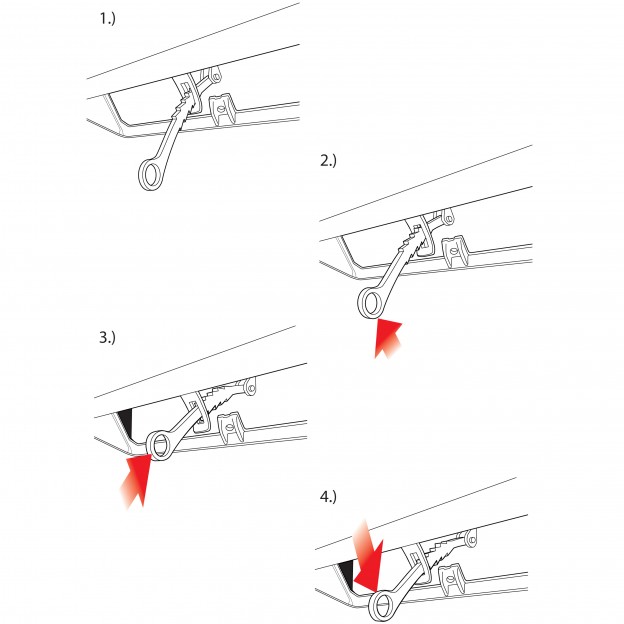
A throat damper is a metal door located above the firebox, but below the flue pipe. (See a diagram of the parts of a chimney here.) When the damper is closed, it slows the loss of heat that would otherwise go up the chimney. When it is open, it allows smoke and exhaust gases from the fire to escape up the chimney. A handle beside or just inside the fireplace operates the damper.
If you start a fire before opening the throat damper, smoke will flow out of the fireplace instead of going up the chimney. Worse yet, if you have a gas fireplace, burned gas can escape the fireplace and create the conditions for carbon monoxide poisoning.
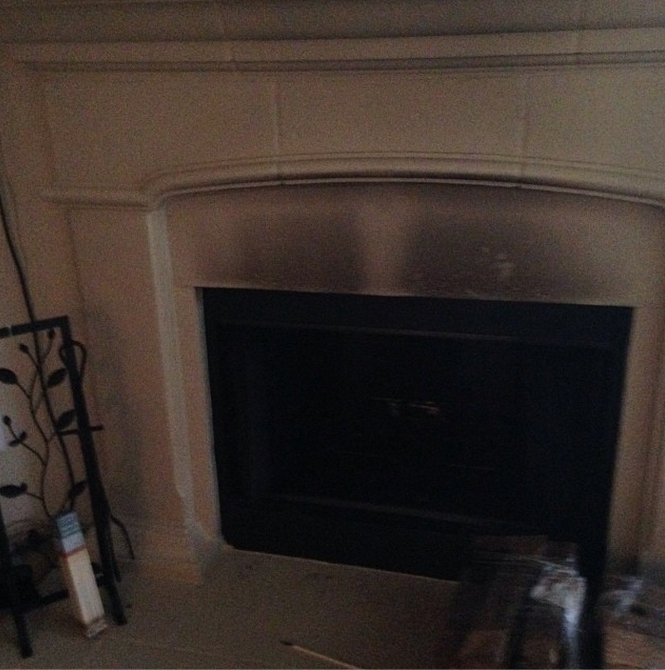
What happens if you forget to open the damper before you light the fireplace fire. Photo courtesy http://twitter.com/mangumission
How to Open Fireplace Damper
You can easily check to make sure the damper is open by looking up the chimney with a flashlight. If the damper is closing off the flue, use the handle to open it. When you operate your throat damper, be sure to use a pot holder or pliers in case it is hot.
To open your fireplace throat damper
- From the starting position (1) …
- Lift the handle (2),
- Push it forward (3) , and
- Latch it by pulling down (4).
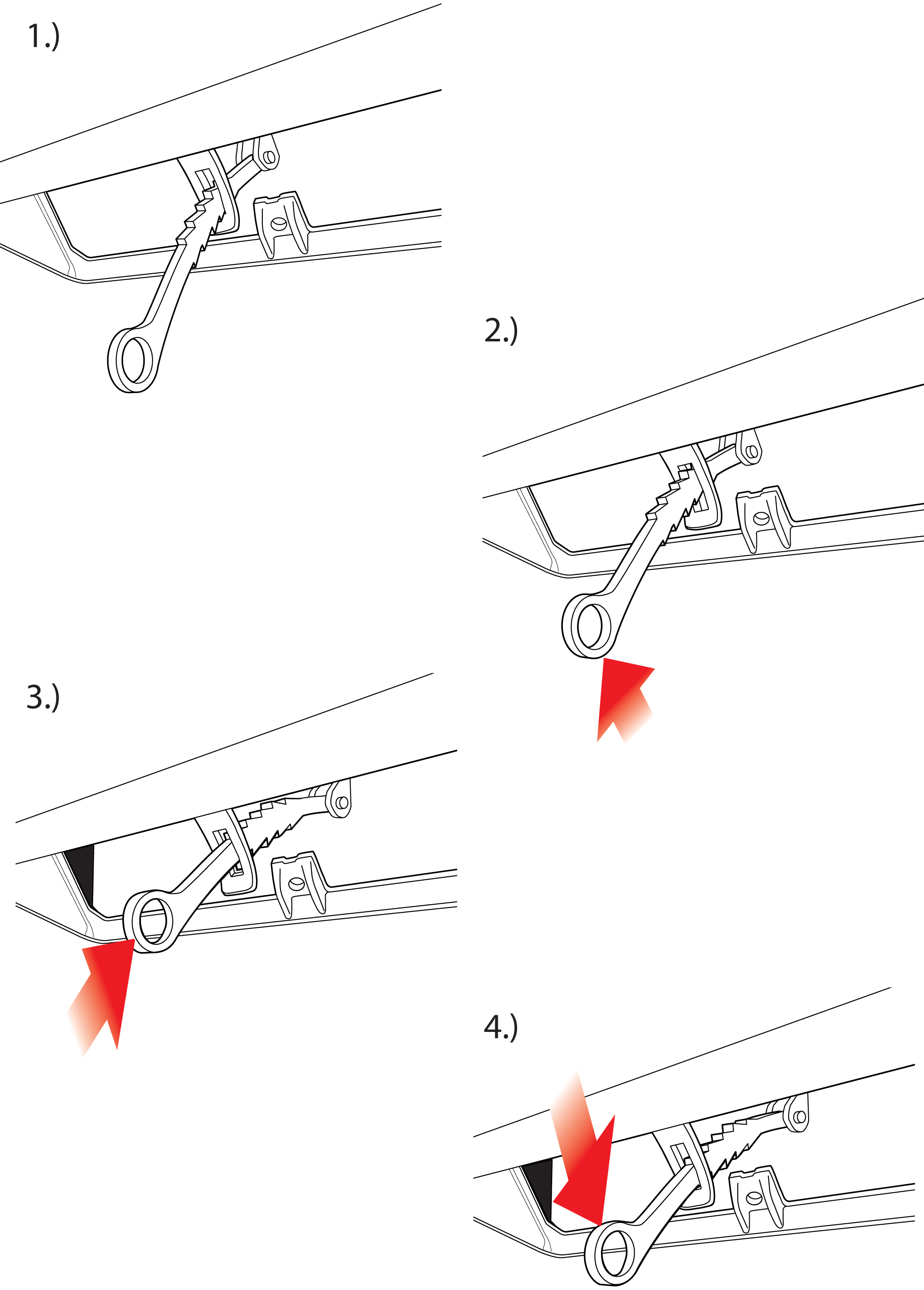
How to Open the Fireplace Damper – Image copyright FireplaceMall.com 2014
To close the damper
- Lift the handle and
- Pull it back toward you.
More on when (and why) to close your damper.
When you look up the chimney, you will see a flat, rectangular steel trapdoor. That’s the throat damper. It has short rods on each end that fit into holes in the sides of the chimney. In most cases, you can remove the throat damper by removing the cotter pin that attaches the handle to the damper plate and then lifting the damper plate out of its mounting holes.
Before lighting a fire you may need to warm the throat damper area by burning some twisted-up newspaper near the top of your firebox in order to get the upward flow started. Once the fire is burning and a good draft is established, close the throat damper slowly, (this applies to wood fires only, not gas!) but not to the point that the fireplace gives off smoke. This step will reduce the volume of heated air that escapes your house along with the exhaust gases. You may need to open the damper again as the fire burns down and the upward draft slows.
When to Close Fireplace Damper
Close the throat damper after the fire has cooled completely. Doing so will keep some of the warm air from your heating system from escaping up the chimney. However, most throat dampers allow some heat to go up the chimney. To improve the energy efficiency of your home, remove the throat damper and replace it with a top damper. Top dampers attach to the top of your flue and completely close off the flue. There’s a stainless steel cable that runs down the flue to a handle located inside the firebox. You can open and close the top damper by means of the cable.
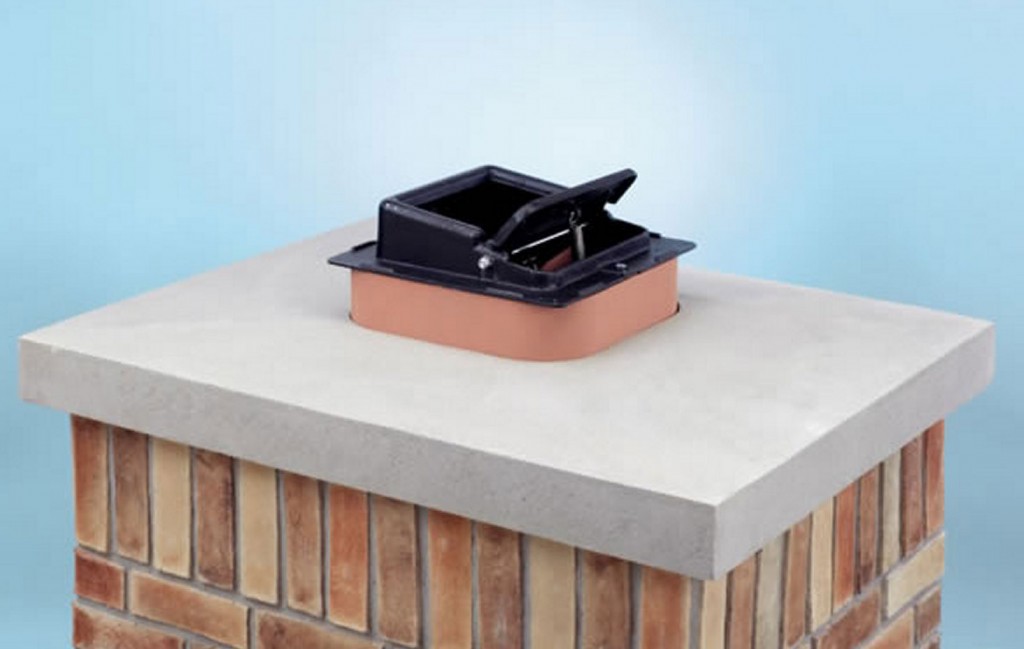
Lyemance Damper seals the top of the flue
Traditionally, knowledge based on teachings and experiences about selecting and burning firewood was passed along verbally. Often such information was put into a rhyming format to make it easier to remember. Thus were born firewood poems and firewood songs to address the question, “Which Firewood Burns Best?” As with most things passed from generation to generation, […]
Have firewood in your life? If you have a wood stove or a wood-burning fireplace, fire pit or fire bowl, you have probably heard some common sayings, sometimes found in rhymes and songs, about firewood. Some call them firewood Old Wives Tales or Old Husband Tales. How can you tell which one is a firewood fact or myth? Which […]
Usually when we think of a fireplace, we think of sharing it with friends and family. There is one type of fireplace, however, that is designed to enjoyed alone, in privacy: the bathroom fireplace. A bathroom fireplace is a personal and elegant indulgence. It is the ultimate for creating a spa-like retreat from the cares of the […]
If you burn wood in your fire pit, you have the makings of DIY fire pit log stump stool – the firewood logs themselves. From the most basic to the most clever, fire pit log stump stools capture the essence and simplicity of gathering around a fire. Here are directions for making a variety of DIY fire pit log […]
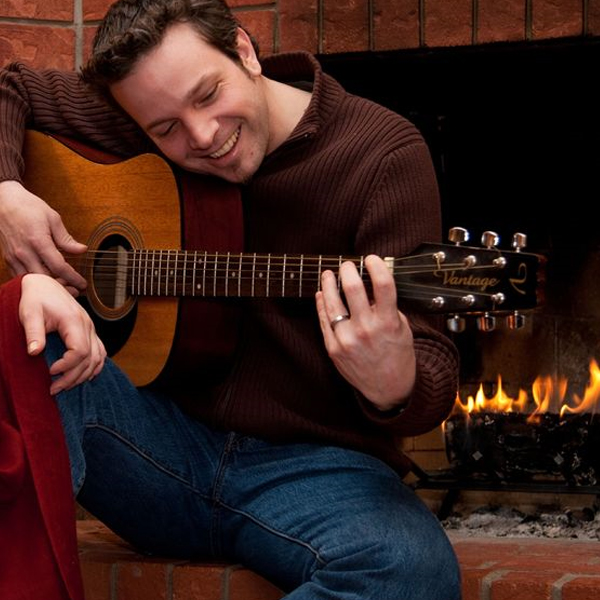
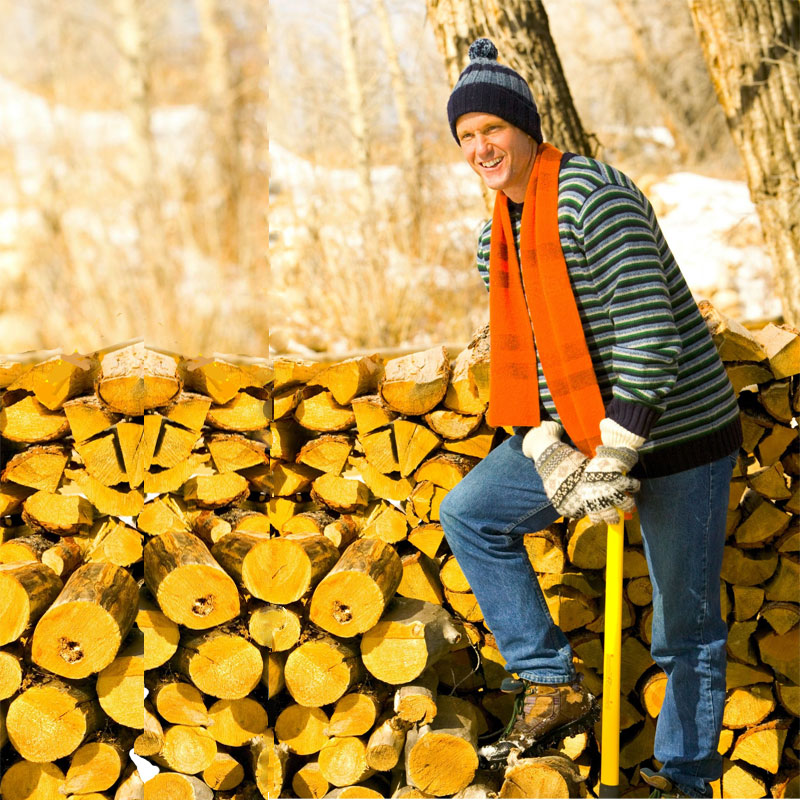

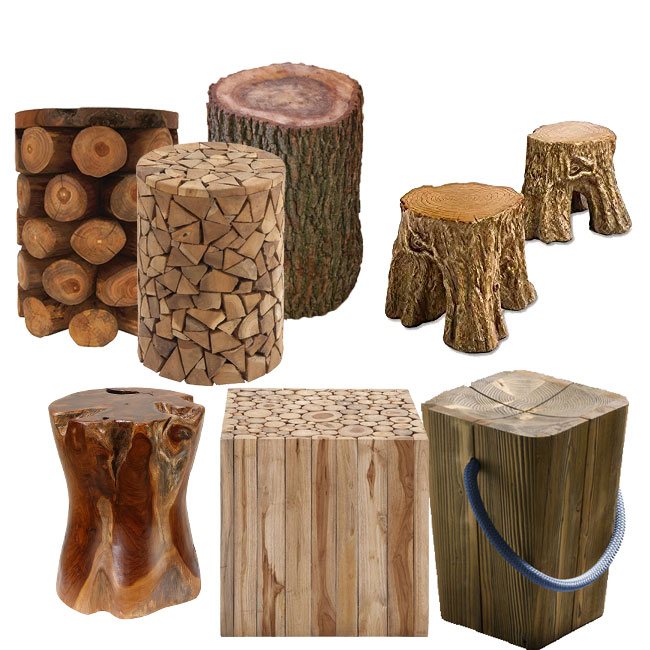
I’m hoping you will do a follow up article on how to adjust a damper, since they are designed as an adjustable valve. Dampers are not an open and shut device, by design.
You are certainly right, Robert. We touched on adjusting the damper in the next to last paragraph, but that may not be sufficient.
[…] Solution: You may need to point a flashlight upward to see if your flue is open completely. Look for the handle and move it until the damper is completely open. (See How to Open the Damper.) […]
[…] the bird is in the chimney, put the box in the fireplace and open the damper. If the bird is in the fireplace, remove the fireplace screen (or open the glass doors) and push […]
[…] just above your fireplace can close off the upward flow of heated air. Find it and learn how to open and close it. Closing the damper when the fireplace is not in use can reduce energy loss by about 20 […]
[…] Do make sure your fireplace damper is open before you light a fire. See How to Open the Damper. […]